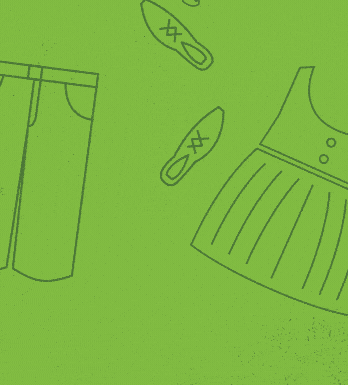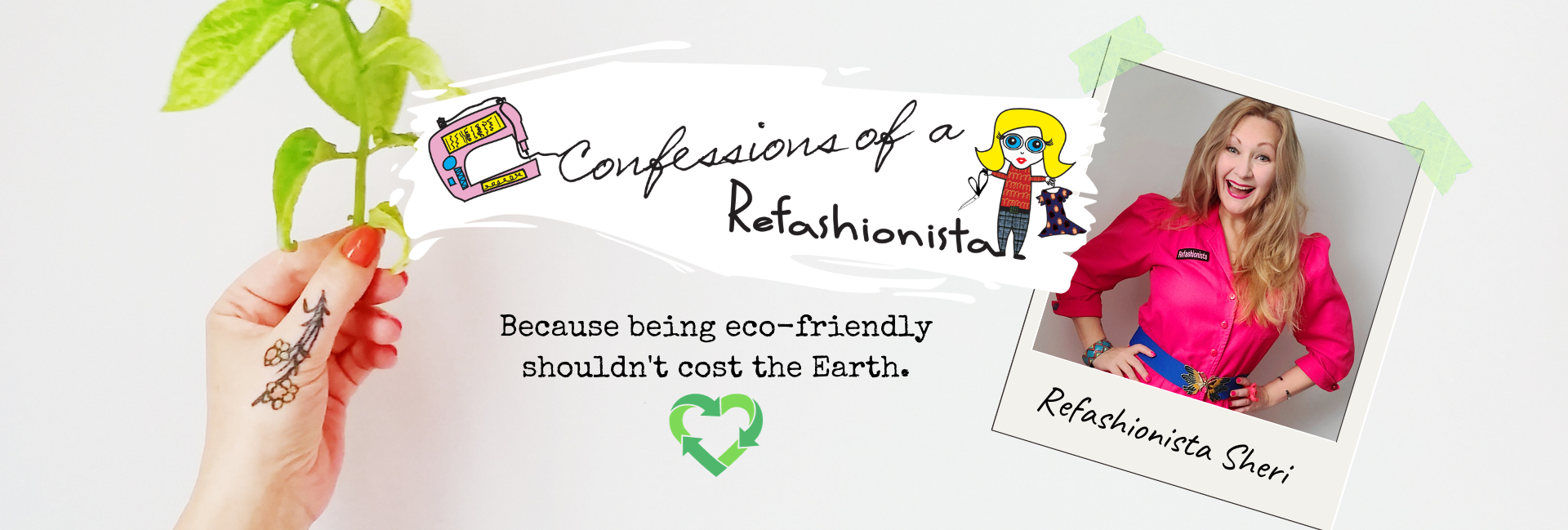Savers Global Thrift recently got in touch with me and asked if I would help get the word out about the easiest way to reduce textile waste. As a thrift and charity shop loving refashionista I am most happy to oblige so let’s dive right in!

How alarming are those stats?!
Fortunately there is an incredibly simple, painless and nearly effortless solution to the global problem of textile waste:

By simply rethinking, reducing, reusing and shopping smart textile waste could almost completely disappear!
Smart shopping includes things like shopping thrift and consuming in a more meaningful way. It’s an idea that’s become increasingly important over the past few decades, given the world’s basically been on a major shopping spree. Today it is estimated that as a whole, the world now consumes over 80 billion pieces of new clothing yearly, with Americans alone buying four times as much as in 1980.
That’s where reuse comes in—it’s an easy way to help keep our collective shopping habit from becoming a shopping problem for the environment. Not every item in your closet can be an investment or heirloom piece, but when you reuse and shop thrift, you’re extending the lifecycle of all your clothes and in turn helping lower carbon emissions and keep unnecessary waste out of our landfills.

North Americans send more than 10.5 million tons of wearable waste to landfills each year, not to mention the increased impact when you add in the rest of the world. In fact, only around 15% of used clothing gets recycled or donated, giving textiles one of the poorest recycling rates of any reusable material. That’s even more shocking when you realize around 95% of the textile waste sitting in our landfills today, is actually recyclable.
It takes over 700 gallons of water to make one new cotton T-shirt. More than you drink in five years. Now that’s a wardrobe malfunction! To raise awareness, Savers built an art installation in Seattle to show the impact clothing has on the environment:









I think the biggest problem is that people don’t know textiles can be recycled. I don’t want to donate clothes with holes or stains on them, but I would love to send them somewhere to be recycled. The problem is, knowing where to send them.
The internet is chock full of textile recycling resources and services – simply search google for textile recycling organizations in your part of the world. Large thrift store chains usually sell their unsellable textiles by the ton to textile recycling companies so they would also be a good resource. Here’s a couple of textile recycling sites in the US I found through a super quick google search: http://weardonaterecycle.org/ http://smartasn.org/
Thanks for this post. Reading another post of yours, I was alerted that new fabric is made in unethical conditions just like new clothes. I hadn’t thought about that. So thanks. In terms of overall smarter shopping, do you happen to know if it makes a difference in keeping textiles out of landfills if I buy “remnant” fabric? I wonder what happens to unsold “remnants”.
Cheers Emily I would hope that unsold remnant fabric would get shipped off to the garment/fabric recyclers instead of tossed in a landfill – but one never knows :/ Here’s a look at the garment recyclers: https://awesomesauceasshattery.com/2015/04/17/unraveled-what-happens-to-your-discarded-clothes/
I would hope that unsold remnant fabric would get shipped off to the garment/fabric recyclers instead of tossed in a landfill – but one never knows :/ Here’s a look at the garment recyclers: https://awesomesauceasshattery.com/2015/04/17/unraveled-what-happens-to-your-discarded-clothes/